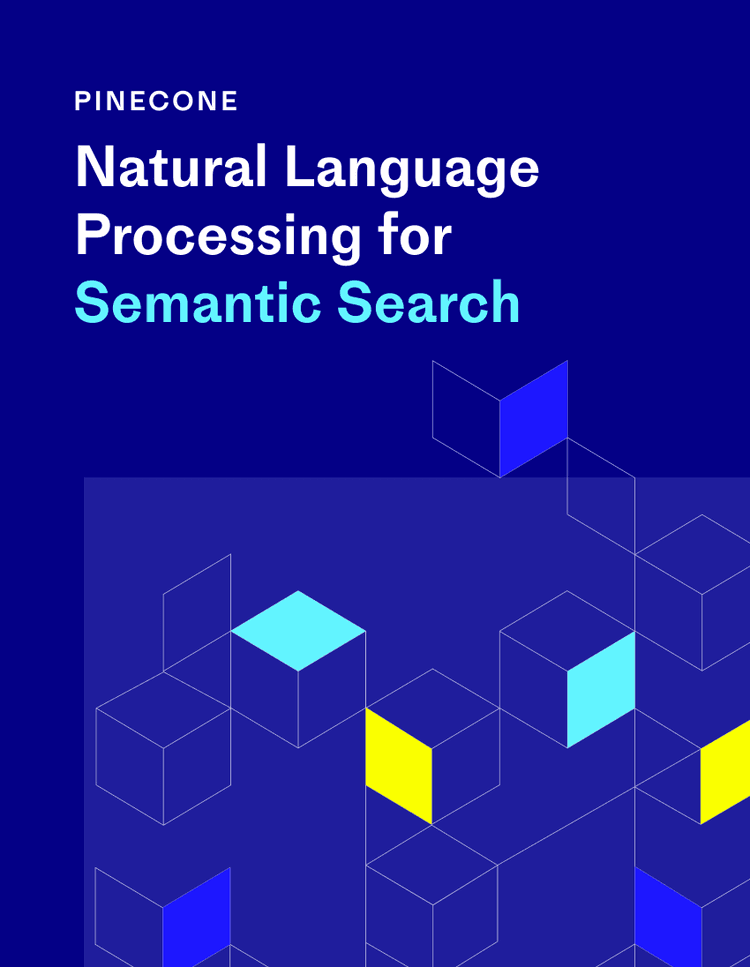Introduction
Semantic search has long been a critical component in the technology stacks of giants such as Google, Amazon, and Netflix. The recent democratization of these technologies has ignited a search renaissance, and these once guarded technologies are being discovered and quickly adopted by organizations across every imaginable industry.
Why the explosion of interest in semantic search? It unlocks an essential recipe to many products and applications, the scope of which is unknown but already broad. Search engines, autocorrect, translation, recommendation engines, error logging, and much more are already heavy users of semantic search. Many tools that can benefit from a meaningful language search or clustering function are supercharged by semantic search.
Two pillars support semantic search; vector search and NLP. In this course, we focus on the pillar of NLP and how it brings ‘semantic’ to semantic search. We introduce concepts and theory throughout the course before backing them up with real, industry-standard code and libraries.
You will learn what dense vectors are and why they’re fundamental to NLP and semantic search. We cover how to build state-of-the-art language models covering semantic similarity, multilingual embeddings, unsupervised training, and more. Learn how to apply these in the real world, where we often lack suitable datasets or masses of computing power.
In short, you will learn everything you need to know to begin applying NLP in your semantic search use-cases.
Let’s begin!
Bonus Materials: Question-Answering
Further Resources
Searching Freely: Using GPL for Semantic Search ft. Nils Reimers
New chapters coming soon!
Get email updates when they're published:
Training Sentence Transformers
The most popular methods for training sentence transformers, and tips for each.
